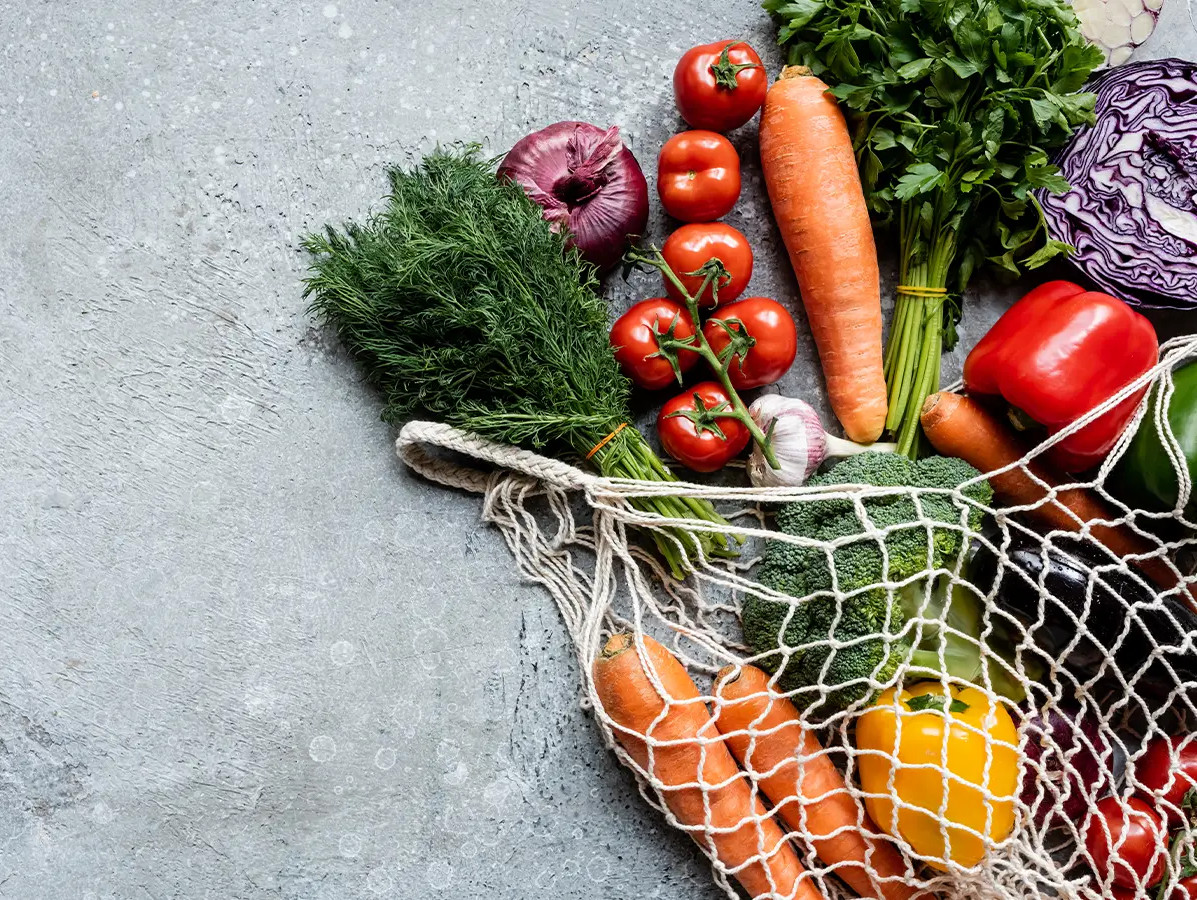
After years of steady decline, food waste in supermarkets has stabilised for the first time. Compared to 2018, the amount of food wasted has dropped by a consistent 33%, keeping the retail sector in the lead when it comes to cutting food losses. Still, the latest study by Wageningen University & Research—commissioned by Samen Tegen Voedselverspilling and CBL—shows that making further progress is becoming more difficult.
One notable outcome is the 16% drop in bread waste compared to 2023. Yet bread still accounts for the largest share of supermarket waste by weight, making up about one third of the total. At the same time, meat waste has risen slightly. According to CBL director Marc Jansen, that’s a concern: “Meat production has a relatively high footprint. So it’s all the more wasteful when it ends up being discarded.” As a result, supermarkets are putting extra effort into meat purchasing and stock management.
In 2024, total food waste came out to 0.92% of total purchasing volume—slightly up from 0.89% in 2023. Toine Timmermans, director of Samen Tegen Voedselverspilling, says the easy wins have now been taken. “All the relatively simple steps have been made. The next solutions will have to tackle more complex challenges.” He sees particular opportunities in closer collaboration with suppliers, especially in the bread category.
For the first time, online retail is clearly represented in the data. The participation of Picnic, Crisp, and Hello Fresh shows that online players tend to waste less. In total, eleven supermarket formulas took part in the monitoring, jointly covering around 90% of the market.
Source: Samen Tegen Voedselverspilling